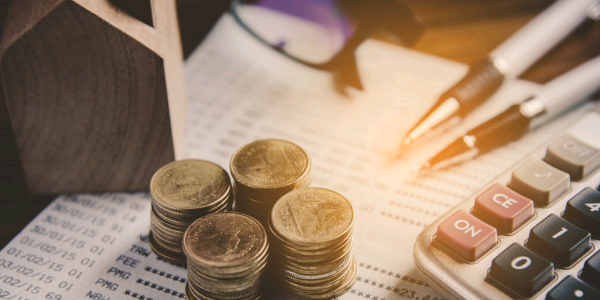
Although the concept of money management is quite well known, it is a pretty loose term with varying definitions. We consider money management to be the control of our working capital. In other words, protecting capital and specifying the size of positions taken.
Metaphorically, we could consider this concept in terms of sailing. Imagine your trading account as a yacht. Though a vast sail area (taking relatively oversized positions) might give a boat a rapid turn of knots, it is not unthinkable that this may result in it capsizing in a sudden gust of wind. However, if you invest too little, then you are a boat with too few sails set to withstand a wind-force that is never likely to occur, while incapable of making any significant way (i.e. ensure worthwhile capital growth). Money management is all about trying to find the optimum level of position size, expected earnings and maximum losses.
Overtrading
An investor guilty of overtrading is committing a violation against money-management rules. By taking excessive positions, he is increasing the probability of bankrupting his trading account. He is exposing himself to too much risk.
Many traders have felt the effects of overtrading. After a number of losing trades, the temptation is to try and claw everything back in one go. Then there is the significant temptation to increase the percentage being risked in each trade. The result is almost certainly the demise of the trading account.
If profits are generated, what should one do with them? Spend them, leave them on account or reinvest them? Reinvestment can seriously improve the results of your chosen trading strategy, but also generates greater risk. Your trading account’s value development will display more dramatic outcomes either upward or downward.
In relation to the subjects of overtrading and position size, it is worth mentioning the existence of the optimum-f method. This is a way of determining your maximum leverage. By, for instance, defining how many futures you should trade relative to your total capital sum. You can seriously boost your results by reinvesting according to this method. However, the risks also increase proportionally. This method is especially interesting for system trading with futures. For more information, we recommend you refer to the specialist literature on the subject.
Risk
A popular saying is that ‘the biggest loss is yet to come’. This means you should set up a stop-loss procedure when investing with trading systems and indicators. The stop-loss level should be set to below the maximum historical drawdown per trade. This prevents a failing system from generating unnecessarily excessive losses. Just as with the diversification of an equity portfolio, it is advisable to use a number of systems together. One system's losses can be compensated by another’s profits. This helps to lessen the regret of having taken poor decisions.
Catastrophic risk
One investment saying states: the bulls go up via the stairs and the bears come down via the window. A winning position built up over time can be lost in just one blow – this is catastrophic risk. What would happen to your portfolio if the market took a big leap (up or down) in a direction counter to expectations? Would you become insolvent due to open short or long positions? You need to be aware of this risk. Though markets don’t collapse very often, do not forget that everyone rushes for the same exit during a crash. If you are forced to join them, you’ve got a problem. But if you are on the right side of the game, you could strike it lucky.
Every day sees predictions that we are about to witness a catastrophe. A multitude of disasters. The chance of positions taken on the basis of these statements working out is extremely slim. Anticipating expected catastrophes mostly ensures a losing trading strategy. Because, if the bomb drops, you really need to be on the right side of the market, otherwise you’ll not earn a penny.
Where markets have been rising for a long period, investors often tend to disregard the risk of a major crash. When euphoria is at its zenith, most investors struggle to appreciate that it could all be over very suddenly.
Ensure your trading plan takes account of such an event happening at some point. And try to make sure that your trading account can survive this period. Preferably by submitting as few orders as possible (which is often not feasible, as this type of calamity comes as a thief in the night). Assess whether your total asset mix is sufficiently diversified. You might consider hedging your (long) positions with, for instance, put options, but avoid over-insuring. Options for hedging risk are relatively expensive. Depending on market volatility, it will easily cost you 5–10% of the value of your portfolio each year to fully insure an equity portfolio using options.

Free newsletter: Trading signals based on technical analysis.
The analysis of the market has become easy! Create your own daily newsletter with signals based on important concepts of technical analysis. All your preferred financial instruments are available.
It's that simple. REGISTER HERE
